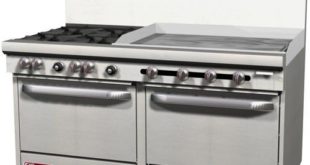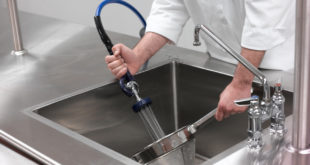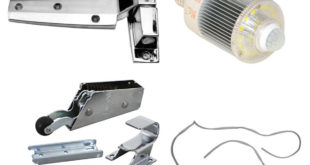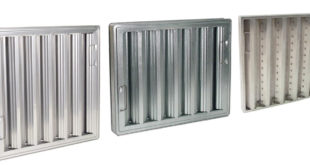![[Image Source: ZME Science]](https://blog.etundra.com/wp-content/Media/2016/03/hydrogen.jpg)
Molecules, such as water or H2O, are held together by forces with varying degrees of energy. That energy level dictates the current state of the molecule; either solid, liquid or gas. When you put a molecule like water into a freezer, energy is lost from the molecules as the speed of the electrons and other atomic particles slow.
Solids are at a lower energy state then a liquid as liquids are at a lower energy rate than a gas, so as the water in the freezer gets colder, its structure begins to change. Because of the strong hydrogen bonds when water freezes it configures itself in such a way as to maintain the lowest possible energy level resulting in an ice crystal’s unique formation.
To put simply, cold decreases energy levels which prompts liquid H2O to drop to a lower energy form, ice, which always forms the same way.
Now let’s talk about what is going on with a commercial ice machine like you’d find at a restaurant or a hotel.
A commercial refrigerator really consists of three basic components: a refrigeration unit, a water supply and a compartment to collect the ice. First off, a metallic ice tray is cooled through a series of temperature controlling pipes within the refrigeration unit. A water pump, tapped directly into the building’s water supply, pumps water onto the cold tray.
Since the metallic plates are already under 0 degrees, the introduced water quickly freezes and builds up on the frigid ice tray and a number of ice cubes are formed. Every few minutes or so, an automated valve rapidly changes the temperature of the tray to quickly heat it so that the built-up ice cubes are suddenly dislodged.
The cubes then either slide into the containment section or are forced out by a driving piston that jars them free.
Then you trudge in wearing slippers and scoop a bundle of ice from the freezer unit for the champagne waiting to be chilled in your hotel room.
of ice from the freezer unit for the champagne waiting to be chilled in your hotel room.
Quick rerun: water’s poured on a big freezing metal ice cube tray, turns into cubes, then are heated in order to dislodge them and sent to rest in a refrigerated storage unit. Simple, effective, and totally necessary to have in your kitchen.
 Corner Booth Blog | TundraFMP Restaurant Supply, News & Equipment Blog
Corner Booth Blog | TundraFMP Restaurant Supply, News & Equipment Blog




Turing water into ice is easily done by mother nature. When we do it mechanically it becomes a whole other complex process.
By far I think out of all the things that makeup smaller self contained refrigeration coolers and freezers Ice machines sure are unique in the challenges they possess in setup and maintenance.